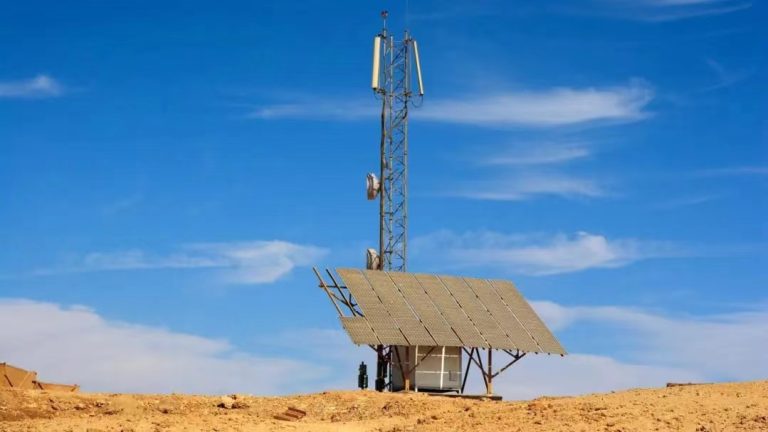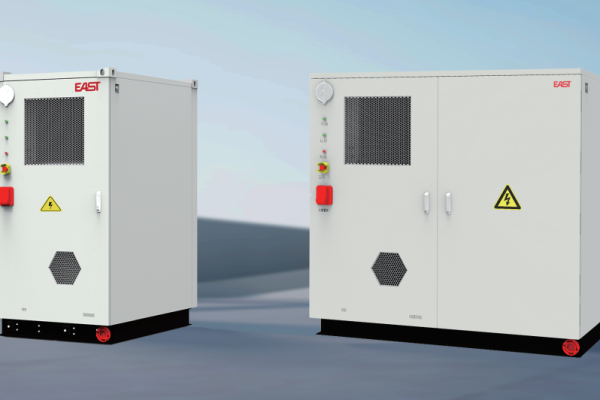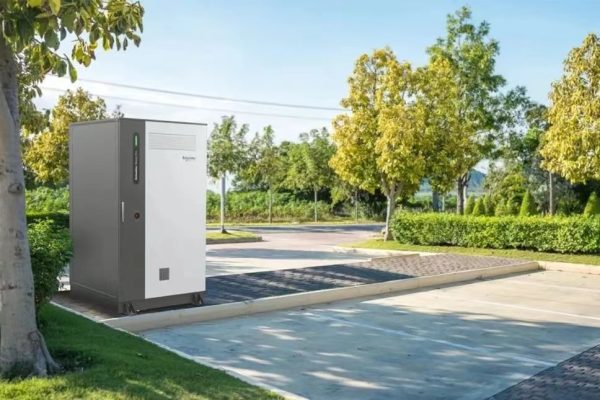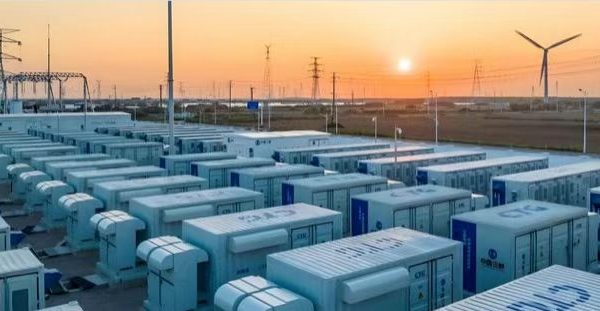Designing Reliable Hybrid Power Systems for Real-World Conditions
In many emerging markets, relying on a single energy source is not realistic. Power outages, unstable grids, inconsistent solar irradiation, and diesel cost fluctuations all make it necessary to combine multiple sources in one hybrid system.
For installers and system designers, supporting grid + solar + diesel input is no longer just a bonus — it’s a requirement for delivering resilient and flexible systems, especially in:
- Sub-Saharan Africa
- South Asia
- Southeast Asia
- Remote island or mining locations
In this article, we explain how to build and configure a multi-source input energy system, what kind of hardware and control logic is needed, and key design considerations that help you avoid costly mistakes.
🌐 Why Multi-Source Systems Are Becoming the Norm
| Challenge | Hybrid Solution |
|---|---|
| Unreliable or weak grid | Add battery + solar to reduce grid dependence |
| High diesel consumption | Use PV during daytime to reduce fuel use |
| Long cloudy periods | Diesel fills the gap when solar is insufficient |
| Time-of-Use pricing | Prioritize solar > battery > grid |
The goal is to optimize energy cost, reliability, and autonomy, not just replace one source with another.
🔌 Typical Multi-Source Inputs
A full hybrid system typically includes:
- Solar PV array (DC or AC coupled)
- Battery storage system (usually LiFePO₄)
- Utility grid (if available)
- Diesel or gasoline generator
Each source has different voltage, control behavior, and availability profiles — so the inverter/controller must intelligently manage priorities.
⚙️ What Equipment Supports Multi-Source Input?
🧠 1. Hybrid Inverters with Generator Input
Choose inverters that support:
- PV + battery + grid + AC gen input
- Auto-start/stop signal to generator (dry contact or RS485)
- Adjustable input priority logic
- Ability to limit grid or diesel usage
Popular models:
- Growatt SPF/SPA series
- Deye Hybrid (SUN series)
- Victron Multiplus II + GX
- GoodWe ES/EM
- Solis RHI Hybrid
🔌 2. ATS (Automatic Transfer Switch)
In some systems, especially with external diesel gensets, an ATS is used to switch between:
- Grid → Generator
- Generator → Inverter input
- Inverter → Critical load panel
Ensure the ATS is compatible with inverter sync requirements (pure sine wave, phase match).
🔋 3. Battery Management System (BMS)
Multi-source systems must protect battery health:
- Avoid charging from unstable generator outputs
- Block charging when AC voltage is outside limits
- Allow generator to charge only when SoC is low
This coordination is done via smart inverter + BMS communication (CAN or RS485).
You can customize based on:
- Diesel fuel cost
- Grid availability
- Site load curve
- Solar irradiation forecast
✅ Tip: Use monitoring platforms (e.g., Deye Cloud, Victron VRM) to adjust logic remotely.
🛠 Integration Checklist
| Task | Notes |
|---|---|
| ✅ Gen start signal | Ensure inverter supports two-wire or dry contact output |
| ✅ Frequency sync | Generator should output clean 50/60Hz sine wave |
| ✅ AC input voltage range | Adjust inverter settings to accept wider generator voltage if needed |
| ✅ Delay start | Prevents false starts during short grid outages |
| ✅ Breaker coordination | Size breakers to handle switching surges (esp. on diesel circuits) |
| ✅ Grounding | Maintain common neutral if needed; check for floating genset ground |
💰 Fuel Savings with Solar + Generator
A well-designed system with PV + Gen can save 30–70% diesel costs, depending on:
- Solar hours per day
- Battery capacity
- Load profile
Over 3–5 years, the fuel savings can pay for the solar + battery portion — making it very attractive for remote telecom, clinics, or commercial users.
⚠️ Common Mistakes to Avoid
| Mistake | Why It’s a Problem |
|---|---|
| Generator not compatible with inverter input | Causes inverter fault or poor charging |
| No start delay or debounce logic | Leads to frequent start/stop — shortens generator life |
| No SoC-based control | Battery gets overcharged or underutilized |
| Lack of surge handling | Generator trips due to inrush currents |
🌍 Real-World Application Scenarios
| Site Type | Preferred Design |
|---|---|
| Rural clinic with poor grid | Grid + PV + Battery + Generator backup |
| Mining camp, no grid | Generator + PV + Battery for peak shaving |
| Island hotel | Daytime solar, nighttime generator with battery buffer |
| Urban home with outages | Grid + Battery + PV (no generator needed) |
📌 Final Thoughts: Smart Input = Smart Output
Supporting multiple energy sources doesn’t mean making your system more complicated — it means making it more resilient, flexible, and efficient.
✅ Customers get uninterrupted power
✅ You reduce O&M calls
✅ The system optimizes cost and fuel usage automatically
For system integrators and exporters, knowing how to design and explain multi-source setups gives you an edge, especially in markets with weak grids or off-grid demand.









